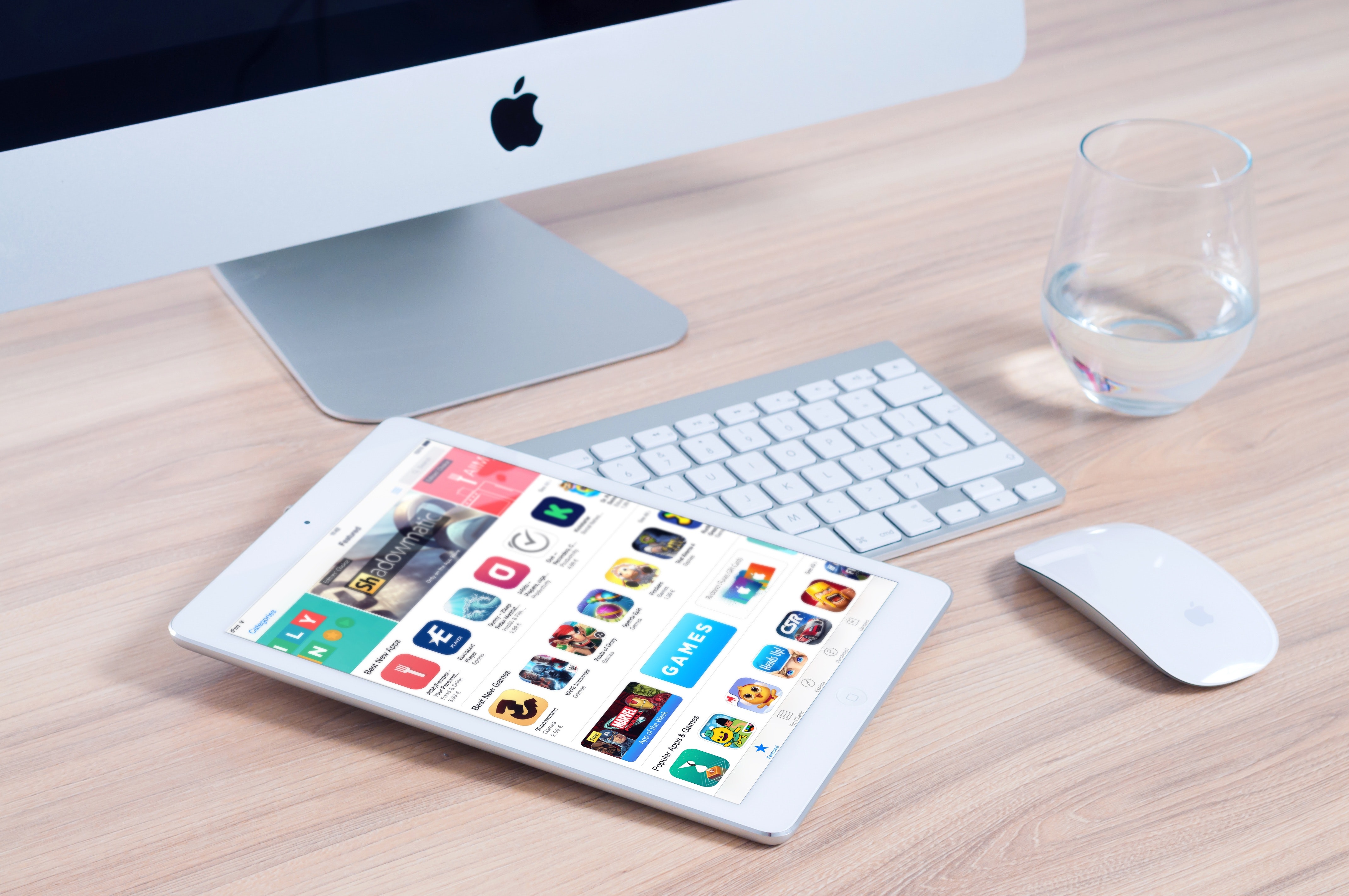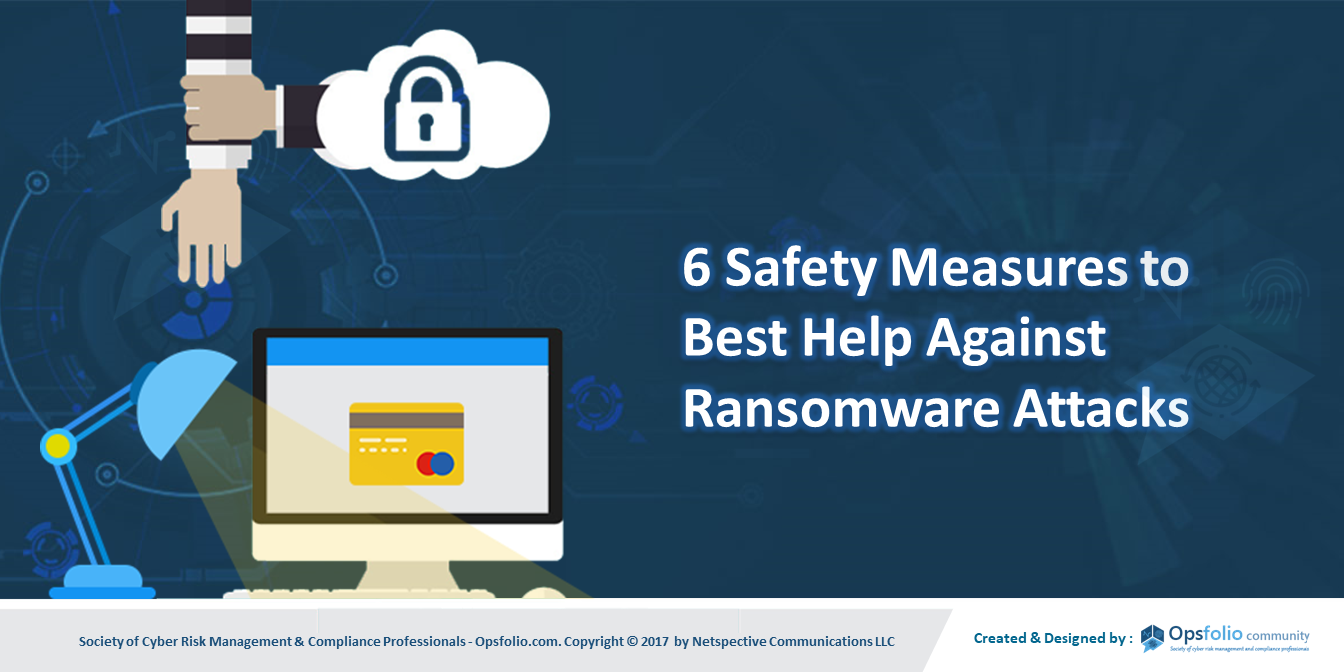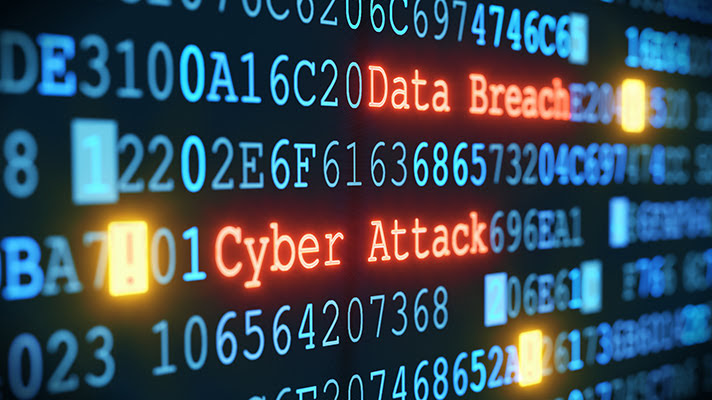· cybersecurity · 5 min read
More Medical Practices Are Using Tablets: How to Make Sure They're Secure
Due to technological advances, it’s no longer as common as it once was to see medical professionals scribbling content on patient charts.

Due to technological advances, it’s no longer as common as it once was to see medical professionals scribbling content on patient charts.
Instead, they’re increasingly likely to tap their fingertips on tablet screens to enter necessary data.
Half of Surveyed Doctors Use Tablets in Their Professions
Kantar Media regularly tracks tablet usage in the medical industry. Data the company published in October 2016 found that half of physicians used tablets at work.
There were over 3,000 doctors represented in the pool of respondents. Although that study didn’t evaluate the specific ways physicians use tablets at work, doctors could experience numerous benefits ranging from improved practice management to more streamlined usage of electronic health records (EHR).
Nurses Benefit Too
Additional research indicates that nurses are getting acquainted with tablets at work too, and they’re seeing time-saving results when they do.
A team at the University of Oxford developed a platform to replace paper charts with tablet computers when nurses record vital signs. It links to barcodes on patient wristbands and highlights changes in individuals’ conditions. The system also provides immediate advice in response to shifts in a patient’s status.
Statistics showed nurses were 30 percent faster inputting data on tablets compared to writing it on physical charts.
Following Security Procedures Is Essential
As health professionals continue to explore ways to use tablets at work, it’s likely that usage will only increase over the years. As such, it’s crucial that the facilities depending on them develop methods to keep tablets secure in the interest of protecting patient privacy and the reputation of the organization as a trustworthy entity. Here are four ways to do that.
1. Use Strong Authentication Methods
The National Institute of Standards and Technology (NIST) developed a 260-page PDF about securing patient records on tablets and smartphones, and it’s free to download.
One of the many suggestions mentioned in it is the need to use best practices for creating usernames and passwords that aren’t easy to hack. Two-factor authentication methods, often employed when people have to enter a code that’s sent to them by email or text message, is a widely accepted way to make passwords extra secure.
In any case, people using tablets and working at health facilities must be taught the characteristics of ideal passwords and learn the importance of not using the same credentials for multiple login portals.
Plus, if patients depend on personal tablets to schedule appointments or talk to doctors, their passwords and usernames must be similarly strong and the transmitted content kept secure.
2. Don’t Make Tablets Targets for Thieves
Besides potential infiltration of a network from hackers on the outside, tablets are also at risk of being seized by passersby. Medical facilities are busy places characterized by flurries of activity. That reality could make it relatively easy for a person to swiftly grab a tablet off a desk and tuck it into a bag without being noticed.
Facilities should prevent tablet theft by keeping tablets secured in locked cases or attached to stands with locks when not actively used. It’s also best to invest in devices that are inexpensive or at least look that way. Then, they might not be so attractive to people who want to steal them.
Also, users must be sure never to agree to system prompts that ask if they want to save passwords or information for faster access later. Otherwise, if a tablet falls into the wrong hands, the person possessing it could have unrestricted access to patient details or other sensitive material.
3. Invest in HIPAA-Compliant Tablets
People with jobs in the medical industry quickly become familiar with The Health Insurance Portability & Accountability Act (HIPAA). It’s a nationwide set of standards used to keep patient data safe. HIPAA compliance became especially important with the rising use of EHR, but it also applies to tablet usage.
Many tablets have built-in features that ensure HIPAA compliance. For example, they might automatically encrypt data or have integrated biometric scanners or those that read barcodes on employee ID cards. Others make users go through procedures that ensure they have permission to see information requested on a tablet.
Such tablets allow IT personnel to restrict access to features to maintain HIPAA compliance, update security software without having physical access to tablets or even remotely wipe information from a device if it gets stolen.
4. Consider Using Artificial Intelligence to Protect Networks
Even the most experienced IT teams sometimes need extra assistance to keep networks secured, especially as employees increasingly connect tablets and other mobile devices to those networks while at work. Artificial intelligence (AI) offers numerous promising uses in the medical sector.
They range from monitoring critical care patients to enhancing hospital command centers to make their operations more efficient.
AI could give better network protection too. Some platforms learn normal behavior patterns, then alert IT experts about deviations. Then, experts could potentially step in and stop attacks before they happen instead of being reactive only after incidents occur.
Responsible Practices Must Accompany Tablet Usage
Tablets bring more convenience to health facilities, but they pose risks if not used safely.
Besides considering the tips above, facilities should also provide comprehensive employee training to help people use tablets properly before introducing those gadgets to staff members.





